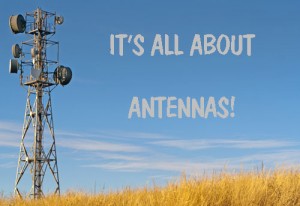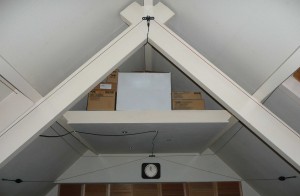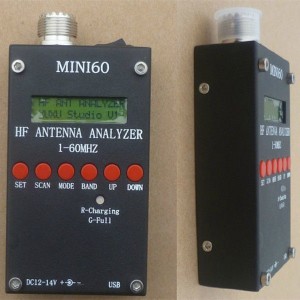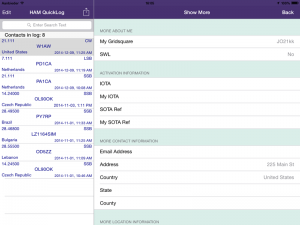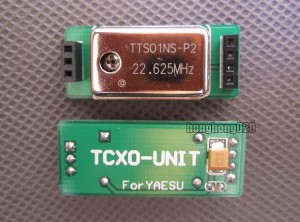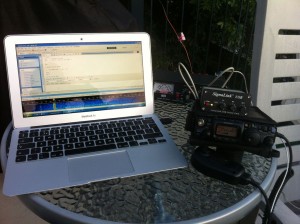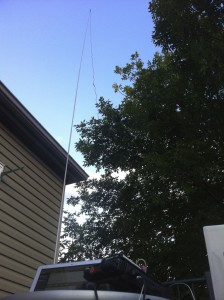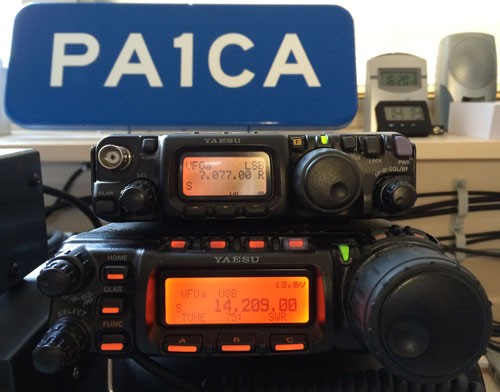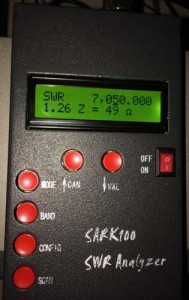
After waiting for a pretty long time, my new gadget from China finally arrived! It’s a SARK100 antenna analyzer. I wrote about buying one, in February I think, so already some time ago!
Most radio amateurs know that antenna analyzers are pretty expensive; starting around 300 Euros (USD 310).
The only reason we buy them is because they are very useful when making antennas.
They are also useful for tuning antennas but this can also be done using the transceiver, so for years I never used an analyzer.
Some months ago I decided to spend the money and I bought a RigExpert antenna analyzer. I’m very happy with it, but when I saw the “cheap” SARK100 I decided I could use one for portable operations.
The price of the SARK100 is around 88 EURO (USD 93) so pretty cheap, compared to the average antenna analyzer.
I put a first (quick) comparison video on YouTube between my RigExpert and the SARK100. You can find it here:
The SARK100 is an older model analyzer and was sold as a kit. In China they now decided that there is money to be made, producing these analyzers and selling them. So you don’t get the latest model but it’s still pretty useful!
The package they sent me was very basic. It was just the SARK100, no manual, no batteries, no power cord, no invoice, no packing slip etc… !
When I opened up the battery compartment it was just empty with a power wire inside with no plug on it. Not what you would expect when you’re used to buying from the big sellers like Yaesu and ICOM! 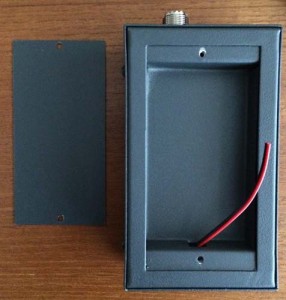
My first impression of the SARK was that it looked pretty simple. It’s build like a tank though; feels very heavy and I have the idea that I can drive over it with my car and it would stil survive! 😉
It’s pretty small but weighs 850 grams, more or less the weight of my FT-817nd! This is good and bad; good because it will not break easily, bad because it adds a “lot” of weight to a portable setup.
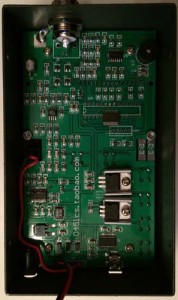 One of the first things I did was (of course 😉 ) opening it up and checking the build quality. This was surprisingly good; no bad soldering or loose wires.
One of the first things I did was (of course 😉 ) opening it up and checking the build quality. This was surprisingly good; no bad soldering or loose wires.
After some bad experiences with MFJ I decided to always open up any radio amateur item I buy and checking if I need to do some after production quality control! 😉
After a bit of Googling I found out what battery is needed and also found a manual in PDF form.
As a battery pack I decided to re-use my old FT-817nd battery pack. It’s exactly what is needed and seeing that I bought a replacement battery from Windcamp, the old standard FT-817nd battery could use a new purpose in life.
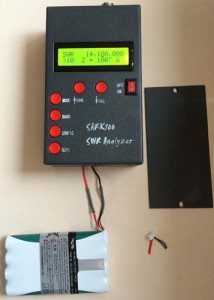
At first startup I found that the display is small, but very readable! Perfect for outside (sunny) conditions I think. The options are pretty simple, but sufficient for simple antenna checking and building. You need to select a band, after which you can do checks on this band.
The most used option by me was checking for the resonant frequency on a selected band. I think when you’re building an antenna, this is what you want to know most; how far away am I, with my optimal SWR, from the required frequency and do I need to make the antenna longer or shorter (for wire antennas).
According to the Chinese site, these are the specifications:
- Frequency Control: 1 – 60 Mhz
- Source impedance: 50 Ohms
- Stability: +/- 100 ppm
- Spectral Purity: Harmonics down >- TBD dB beyond 60 MHz
- Step Size: User configurable increments of 100 Hz, 1 kHz, 10 kHz, and 100 kHz
- Usable Measurement Range:SWR: 1.0 to 9.99
- Impedance: approx. 5 to 2000 ohms
- RF Output: Adjustable: 2.0 Volts pp (typ)
- Power supply: Powerd by External: 12 to 15 Volts DC, 500mA
- Connectors: RF Out: PL
- USB: Mini-B receptacle
- External power: 2.1mm Power Jack (center pin positive)
And these are the things that can be measured, according to the Chinese manufacturer:
- Measure antenna electrical parameters: SWR, impedance (resistance + reactance), capacitance, inductance
- Measure feedpoint impedance
- Measure ground loss
- Adjust antenna tuners and determine loss
- Measure inductors and capacitors
- Measure coax transmission line (SWR, length, velocity factor, approximate Q and loss, resonant frequency, and impedance)
- Measure and determine optimum settings for tuning stubs: SWR, approximate Q, resonant frequency, bandwidth, impedance
- Measure balun loss
- Measure inductor Q
- Measure magnetic loop resonance and SWR
Reported problems with DDS chip
I read on the internet that some of these Chinese analyzers have a problem with their DDS chip. This resulted in an output frequency being 1.5 times lower than what was displayed on the analyzer. To check if this was the problem with my analyzer I did a quick test.
I made a small video of this test and Luckily my analyzer was showing the correct frequency! The articles I read about this problem were all older articles so I guess it’s an old problem that doesn’t occur anymore?!
Conclusion
All in all enough for me to find out and to play with! Of course the SARK cannot compare with my RigExpert. But you must remember that the RigExpert is around 200 euro more expensive than the SARK!
As an extra piece of kit for portable operations I think the SARK is a very nice addition to my collection!
I bought my SARK100 at the Chinese site AliExpress. This is a website that shows products of mostly Chinese sellers. These sellers sell their products through AliExpress. AliExpress has sort of an ESCROW way of working, where the seller only gets his money if you tell AliExpress that you got the product and that it was ok. If not, you can get your money back.
Of course they are also sold on eBay, and if you Google them a bit I’m sure they sell them in lots of other places as well!
Here are 3 links of sellers that sell this analyzer, but you can find a lot more that do the same. By the way I’m not connected in any way to any of these sellers so you buy at your own risk! 😉
AliExpress.com – SARK100 Seller 1
AliExpress.com – SARK100 Seller 2
AliExpress.com – SARK100 Seller 3
If you have any good or bad experiences with these analyzers, let me know. I’m very interested to know what others think of them!

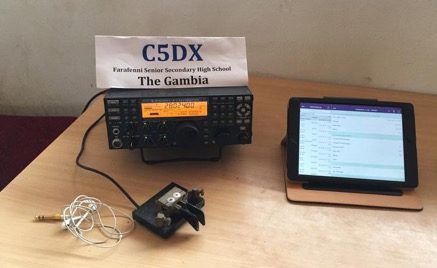
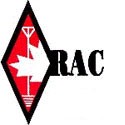 Radio amateurs from Canada have been asking me the possibilities of operating with a Canadian HAM radio license in The Netherlands.
Radio amateurs from Canada have been asking me the possibilities of operating with a Canadian HAM radio license in The Netherlands.
